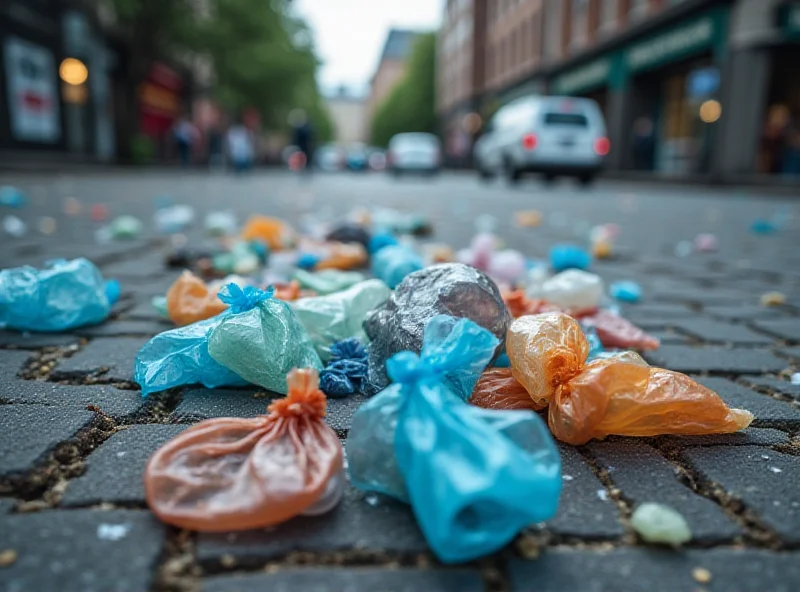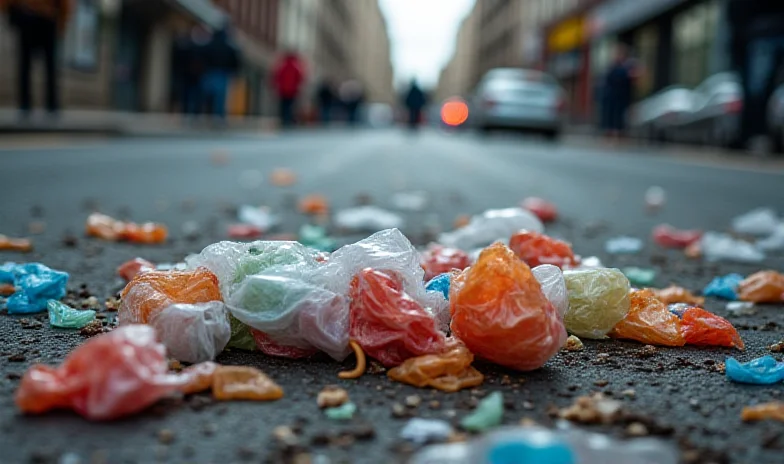New York City banned plastic bags five years ago, aiming to reduce waste and environmental impact. But, like a certain cultural icon or a persistent earworm, they're still around. The ban hasn't completely eradicated plastic bags from the city's landscape, raising questions about its effectiveness and the challenges of changing consumer habits.

The Lingering Legacy of Plastic
The article highlights that despite the ban, traces of plastic bags still persist in various locations. The "muse of American Beauty, Katy Perry and bathroom trash cans everywhere just won’t go away." This cultural reference emphasizes the difficulty of removing ubiquitous elements from our lives, even with regulations in place.
Are reusable bags truly replacing their plastic counterparts? Are loopholes in the ban allowing some businesses to continue distributing them? These are crucial questions to address to ensure the ban achieves its intended goals.

SUV Design: Back to the Truck
Meanwhile, in the automotive world, a different kind of shift is happening. For decades, carlike curves were the dominant design language for SUVs. Now, buyers are increasingly drawn to sport utility vehicles that feature right-angles and a more rugged, off-road aesthetic. Why this sudden change?
“For decades, carlike curves were in. Now, buyers are interested in sport utility vehicles that feature right-angles and off-road cred,” reports a recent automotive industry analysis. This suggests a desire for vehicles that project an image of strength, capability, and adventure.

Trends and Consumer Preferences
Both of these trends – the persistence of plastic bags despite a ban and the shift in SUV design – reflect the complex interplay between regulations, consumer preferences, and cultural influences. Whether it's the convenience of plastic or the allure of a rugged vehicle, changing ingrained habits and desires is a significant challenge.
Ultimately, addressing environmental issues and understanding evolving consumer tastes requires a multi-faceted approach that combines policy, education, and innovation.
